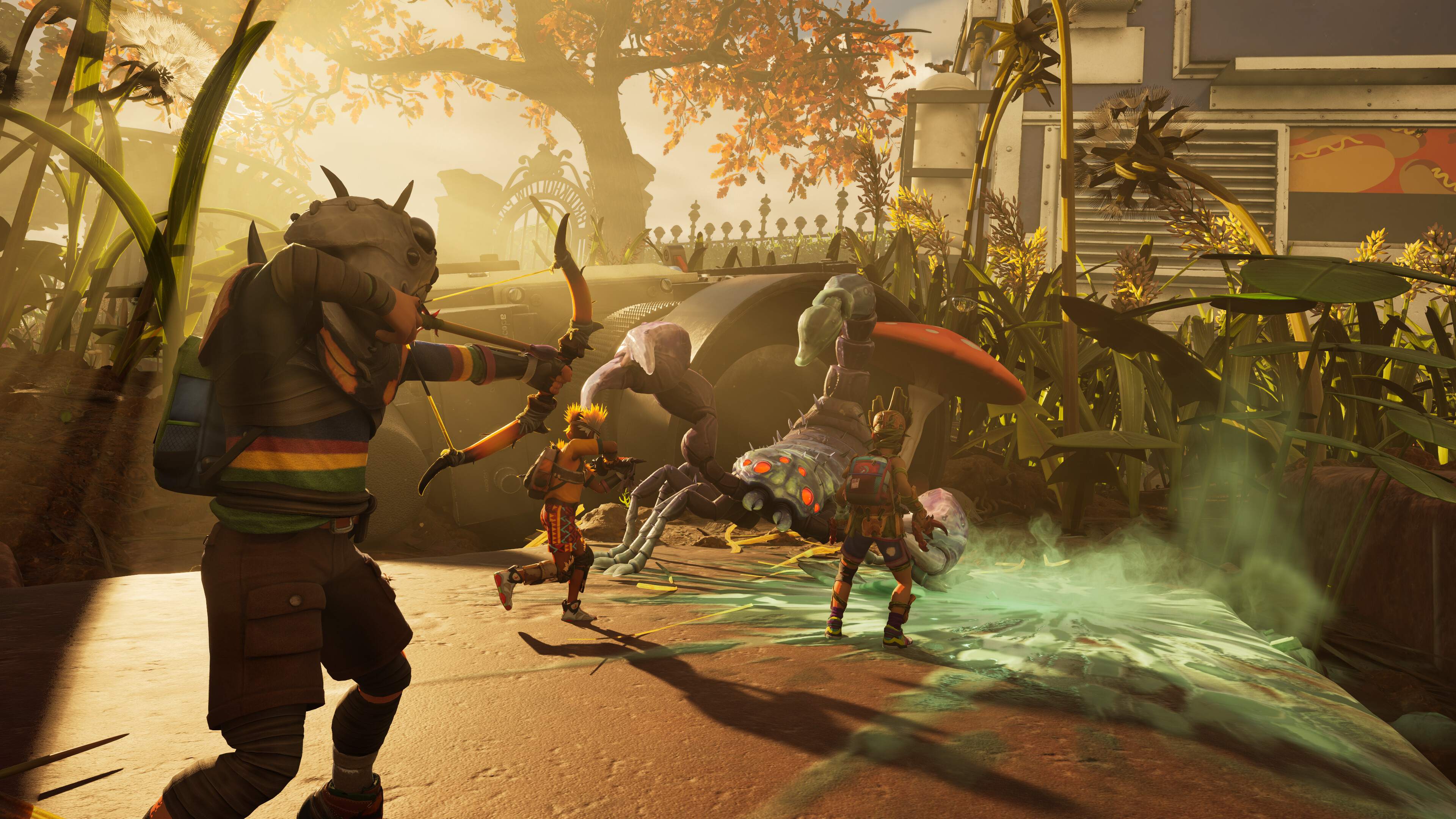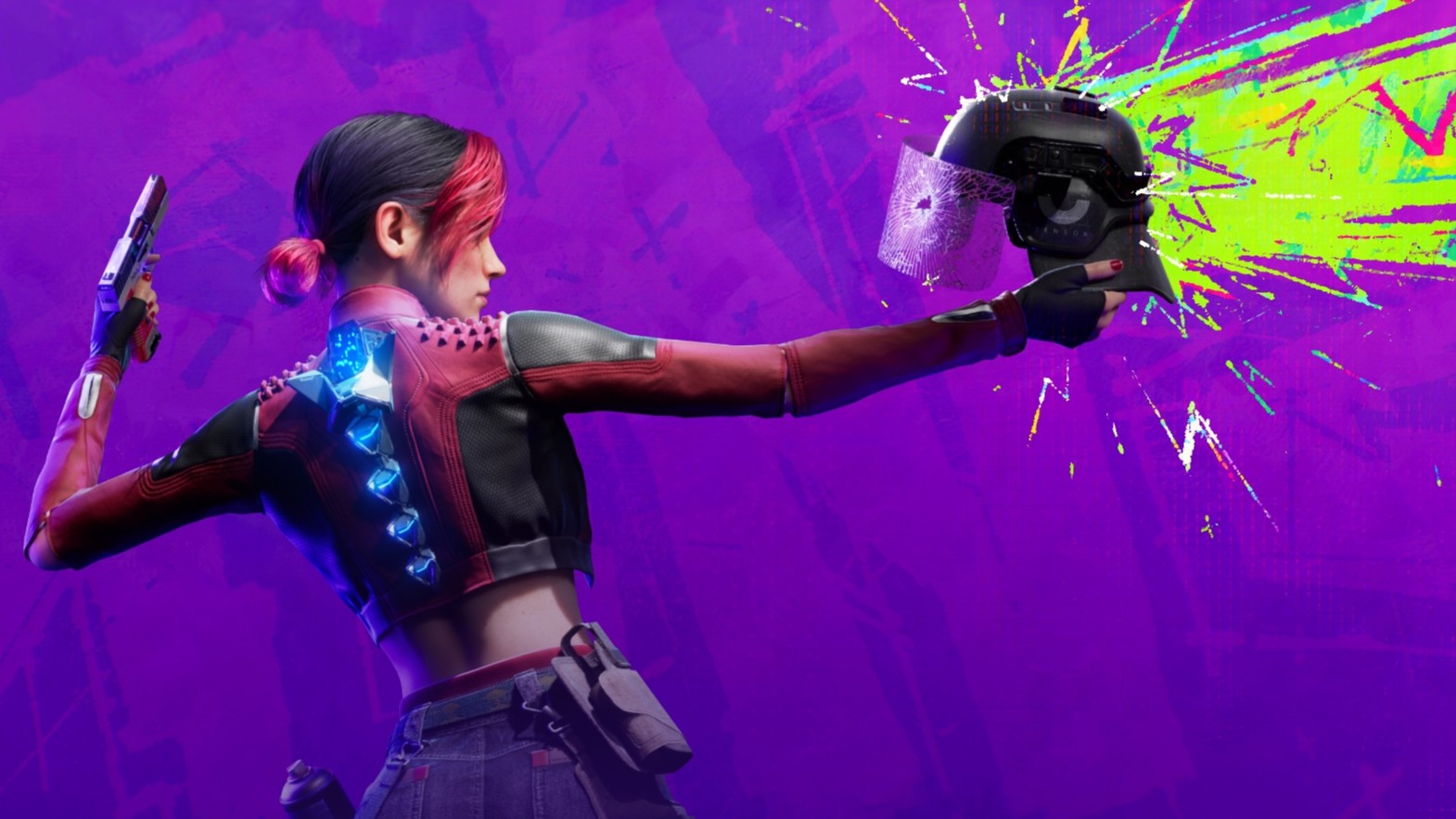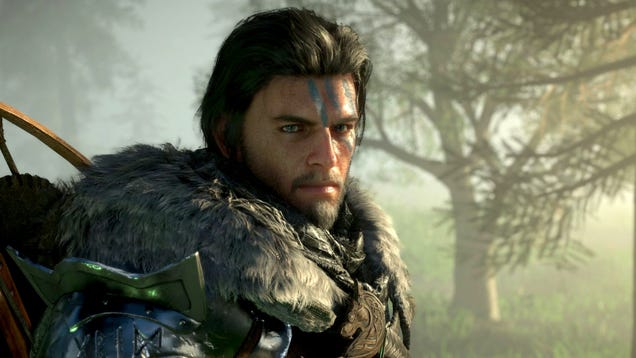
World of Warcraft Subscription Numbers Are Higher Now Than at Expansion Launch in a Franchise First
It’s easy to roll your eyes and say that MMORPGs are dead if you, ya know, don’t play MMORPGs. But 20-year-old World of Warcraft still seems to have plenty of spring in its step, according to Warcraft general manager John Hight. Its latest expansion, Dragonflight, has more subscribers now than it did at launch, and one intrepid content creator thinks they may have extrapolated roughly how many: over 7 million.
Speaking at the Game Developers Conference, Hight explained that World of Warcaft historically has a very predictable pattern of subscriber churn. When an expansion comes out, there’s a surge in subscribers that slowly declines over the course of an expansion, with small bumps at each new patch. It hits a low point at the end of each expansion, then surges again when a new one is released. World of Warcraft: Classic disrupted the pattern somewhat by creating another series of peaks connected with its own releases. Hight described it as a “constant inflow and outflow” with “almost as many new players coming in as other players going out.”
However, something changed with World of Warcraft: Shadowlands. Initially, the game saw a predictable surge of players at launch, but as time went on, the falloff became increasingly pronounced as fans expressed their dislike of the expansion story and content. Then, when Dragonflight released, the surge in players wasn’t nearly as high as expected. “A lot of that was attributed to people losing their interest, and even in some cases their trust in us, during Shadowlands,” Hight said.
However, he continued, Blizzard responded by reaching out to the community and sifting through feedback, and over the course of Dragonflight, was able to turn things around. It helped that Dragonflight itself was well-received and largely course corrected many of Shadowlands’ biggest issues on its own. Its setting, tone, characters, and gameplay all directly addressed issues players had during Dragonflight, such as complaints about “borrowed power” and a distancing from the actual “World” of Warcraft. But Hight said the team took additional steps, such as sharing content roadmaps and increasing the cadence of updates, that kept players engaged. As a result, subscriber numbers continued to climb throughout Dragonflight rather than dip. And now, for the first time in World of Warcraft history, those numbers are higher than they were at expansion launch.
While Hight’s visual aid, pictured above, did not include specific subscriber numbers, one content creator thinks they’ve extrapolated actual rough numbers based on his squiggly lines. Bellular Warcraft shared a video over the weekend cross-referencing the last actual subscriber number reporting Blizzard gave (back in Legion) with other disclosed financial changes and Hight’s graph. Bellular’s estimates put current World of Warcraft subscriber numbers at roughly 7.25 million, after hitting a low of 4.07 million during Battle for Azeroth and 4.5 million during Shadowlands (a bit higher, with WoW: Classic helping out). Though none of this is exact science, it may not be far off. And it’s especially impressive given the game peaked in 2010 with 12 million subscribers during Wrath of the Lich King. For a game that’s been around 20 years, that’s wildly impressive.
Hight concludes his talk by sharing the lesson Blizzard learned from all this: it’s good to let your players be involved.
“These communities are deeply invested in the games, and they don’t want to leave your game,” he said. “Don’t give them a reason to leave. Give them a reason to stay. And community sentiment during Shadowlands was a real wake up call for us. What our players wanted had fundamentally changed, and we hadn’t recognized that. So we had to throw out our old playbook that had worked for us for 18 years, at that point. And now we’re crafting a new playbook, but our players are co-authoring with us.”
Rebekah Valentine is a senior reporter for IGN. Got a story tip? Send it to rvalentine@ign.com.






